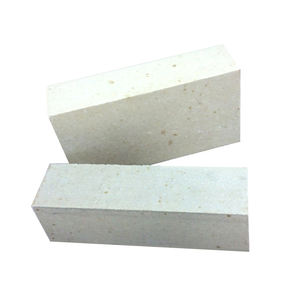1. Crystallography and Material Principles of Silicon Carbide
1.1 Polymorphism and Atomic Bonding in SiC
(Silicon Carbide Ceramic Plates)
Silicon carbide (SiC) is a covalent ceramic compound composed of silicon and carbon atoms in a 1:1 stoichiometric ratio, differentiated by its amazing polymorphism– over 250 known polytypes– all sharing solid directional covalent bonds but varying in piling sequences of Si-C bilayers.
The most highly relevant polytypes are 3C-SiC (cubic zinc blende framework), and the hexagonal types 4H-SiC and 6H-SiC, each showing subtle variations in bandgap, electron wheelchair, and thermal conductivity that influence their viability for particular applications.
The stamina of the Si– C bond, with a bond energy of approximately 318 kJ/mol, underpins SiC’s amazing solidity (Mohs firmness of 9– 9.5), high melting factor (~ 2700 ° C), and resistance to chemical degradation and thermal shock.
In ceramic plates, the polytype is commonly picked based on the intended use: 6H-SiC is common in structural applications as a result of its simplicity of synthesis, while 4H-SiC controls in high-power electronics for its remarkable cost provider mobility.
The vast bandgap (2.9– 3.3 eV depending on polytype) additionally makes SiC a superb electrical insulator in its pure kind, though it can be doped to function as a semiconductor in specialized digital tools.
1.2 Microstructure and Stage Pureness in Ceramic Plates
The performance of silicon carbide ceramic plates is seriously based on microstructural features such as grain size, density, phase homogeneity, and the visibility of second stages or contaminations.
Premium plates are usually made from submicron or nanoscale SiC powders via innovative sintering techniques, causing fine-grained, completely thick microstructures that make the most of mechanical stamina and thermal conductivity.
Pollutants such as complimentary carbon, silica (SiO ₂), or sintering aids like boron or light weight aluminum have to be very carefully regulated, as they can create intergranular movies that minimize high-temperature toughness and oxidation resistance.
Recurring porosity, even at reduced degrees (
Advanced Ceramics founded on October 17, 2012, is a high-tech enterprise committed to the research and development, production, processing, sales and technical services of ceramic relative materials such as Silicon Carbide Ceramic Plates. Our products includes but not limited to Boron Carbide Ceramic Products, Boron Nitride Ceramic Products, Silicon Carbide Ceramic Products, Silicon Nitride Ceramic Products, Zirconium Dioxide Ceramic Products, etc. If you are interested, please feel free to contact us.
Tags: silicon carbide plate,carbide plate,silicon carbide sheet
All articles and pictures are from the Internet. If there are any copyright issues, please contact us in time to delete.
Inquiry us


